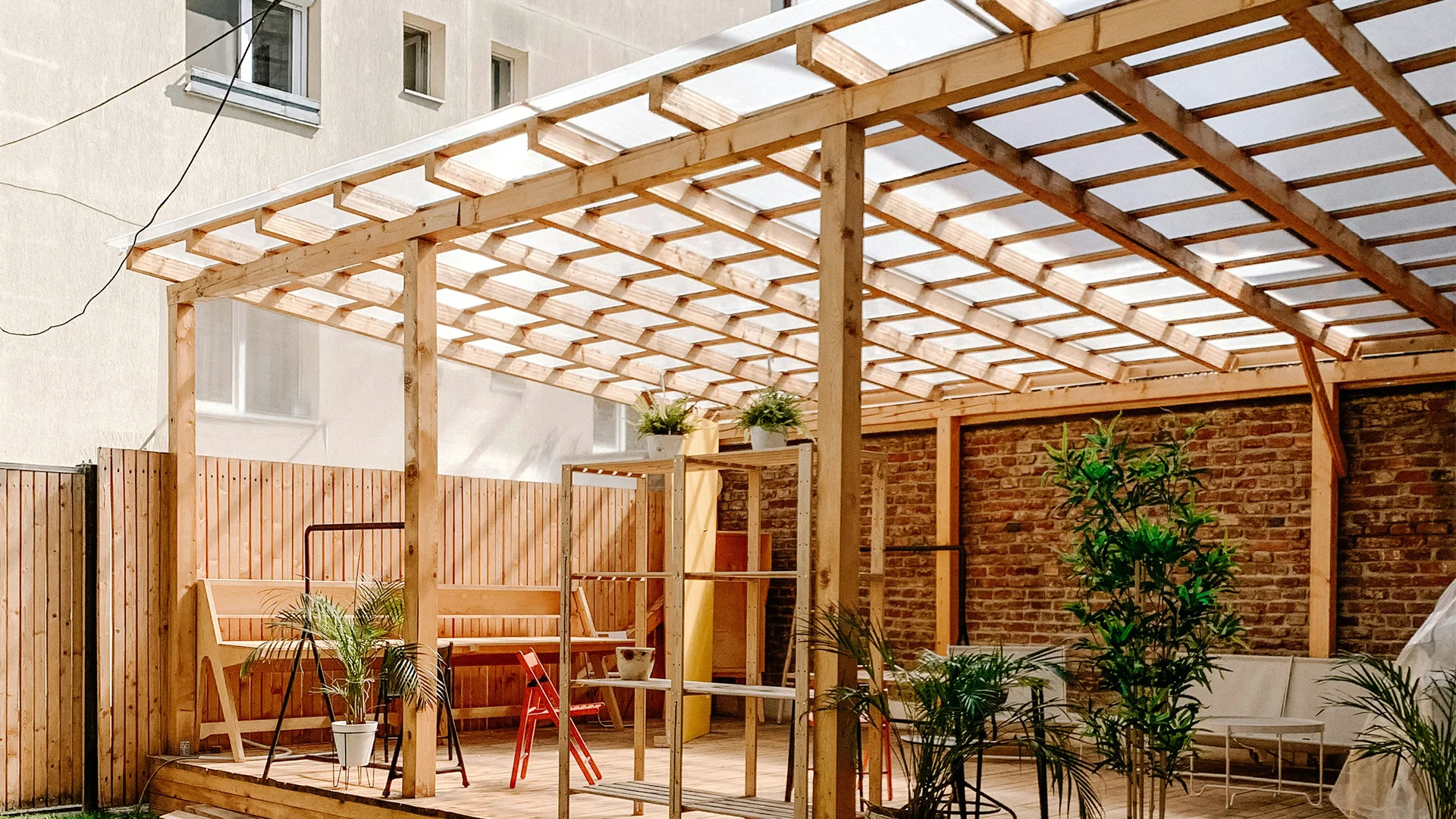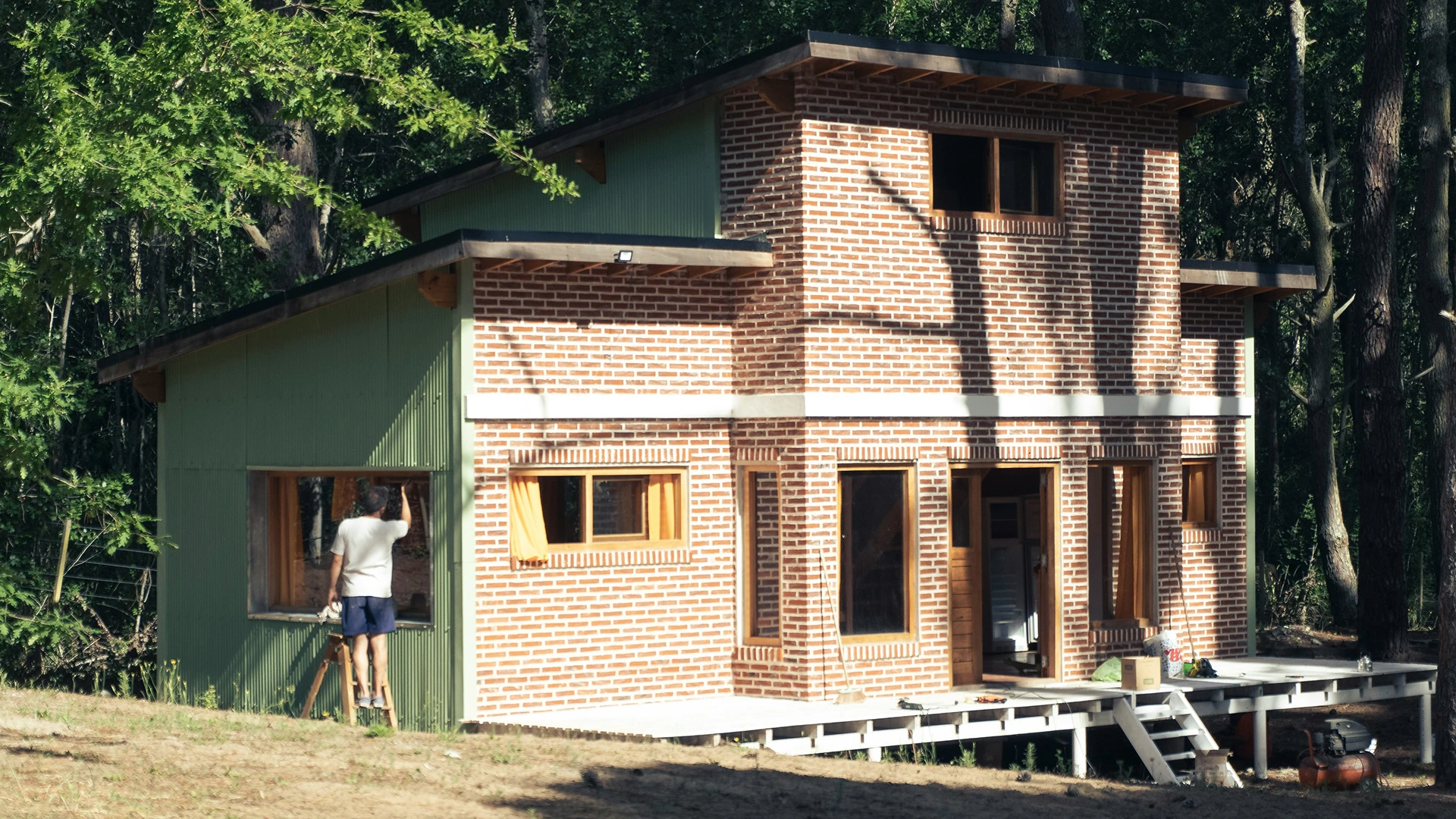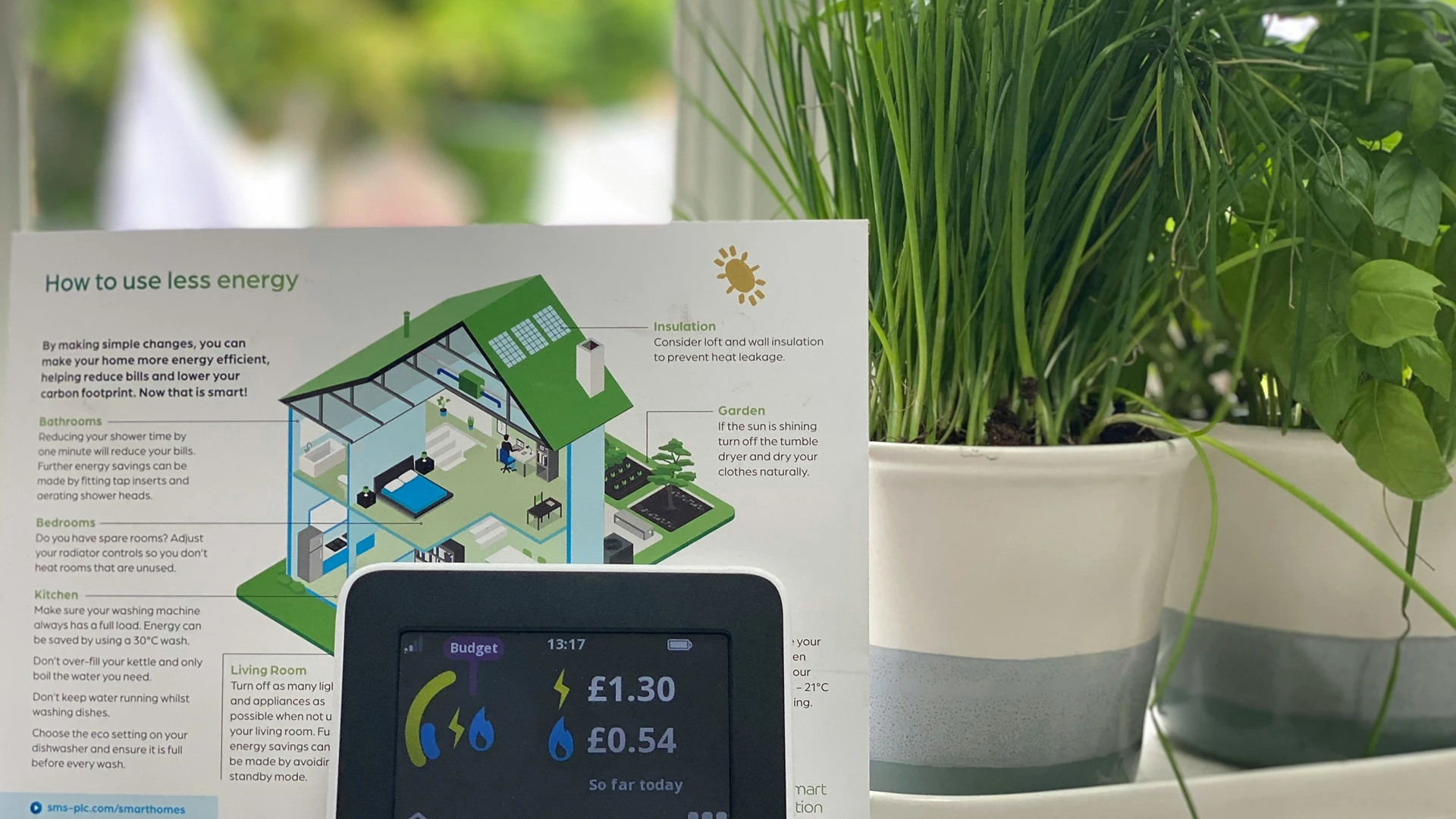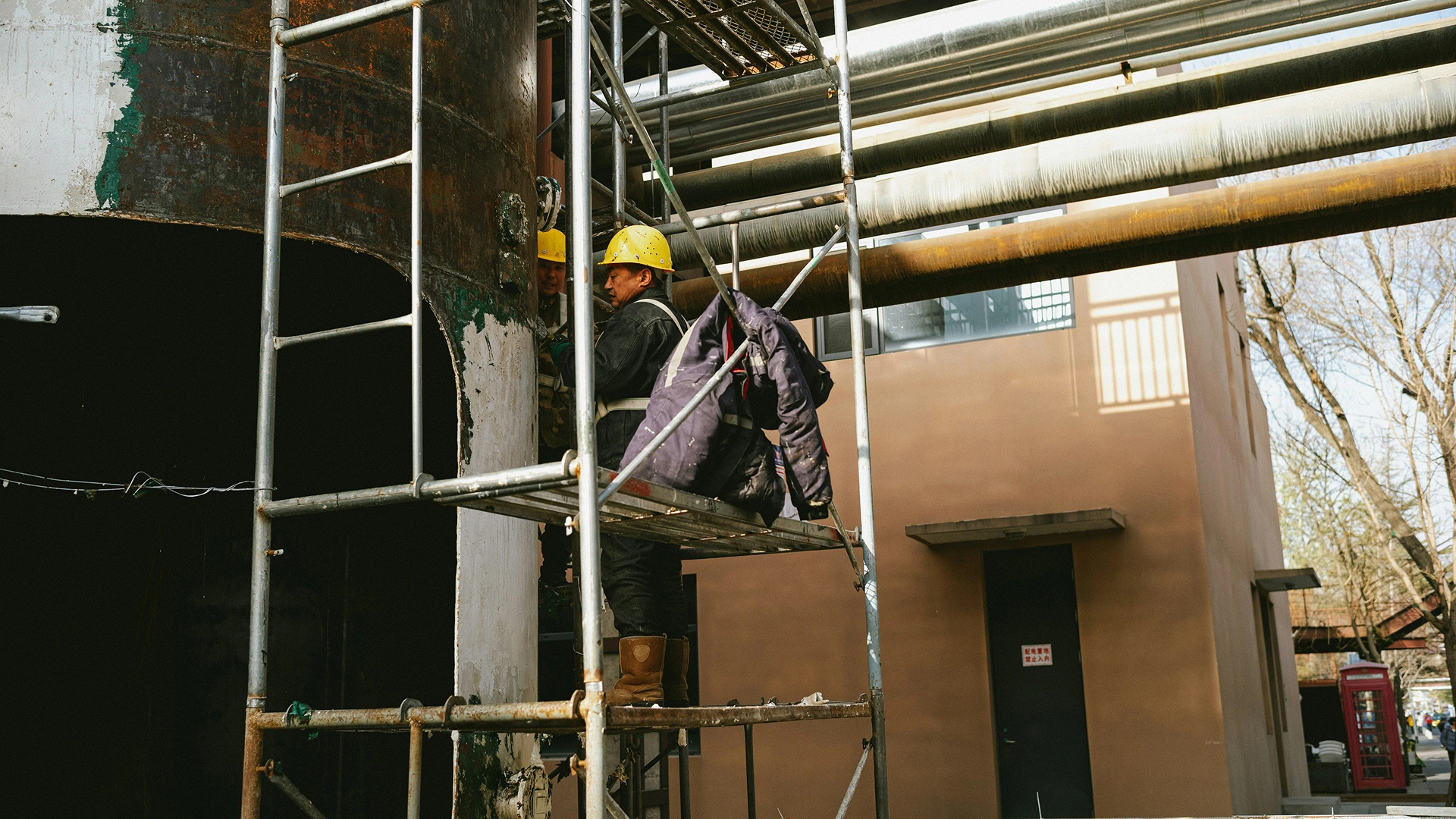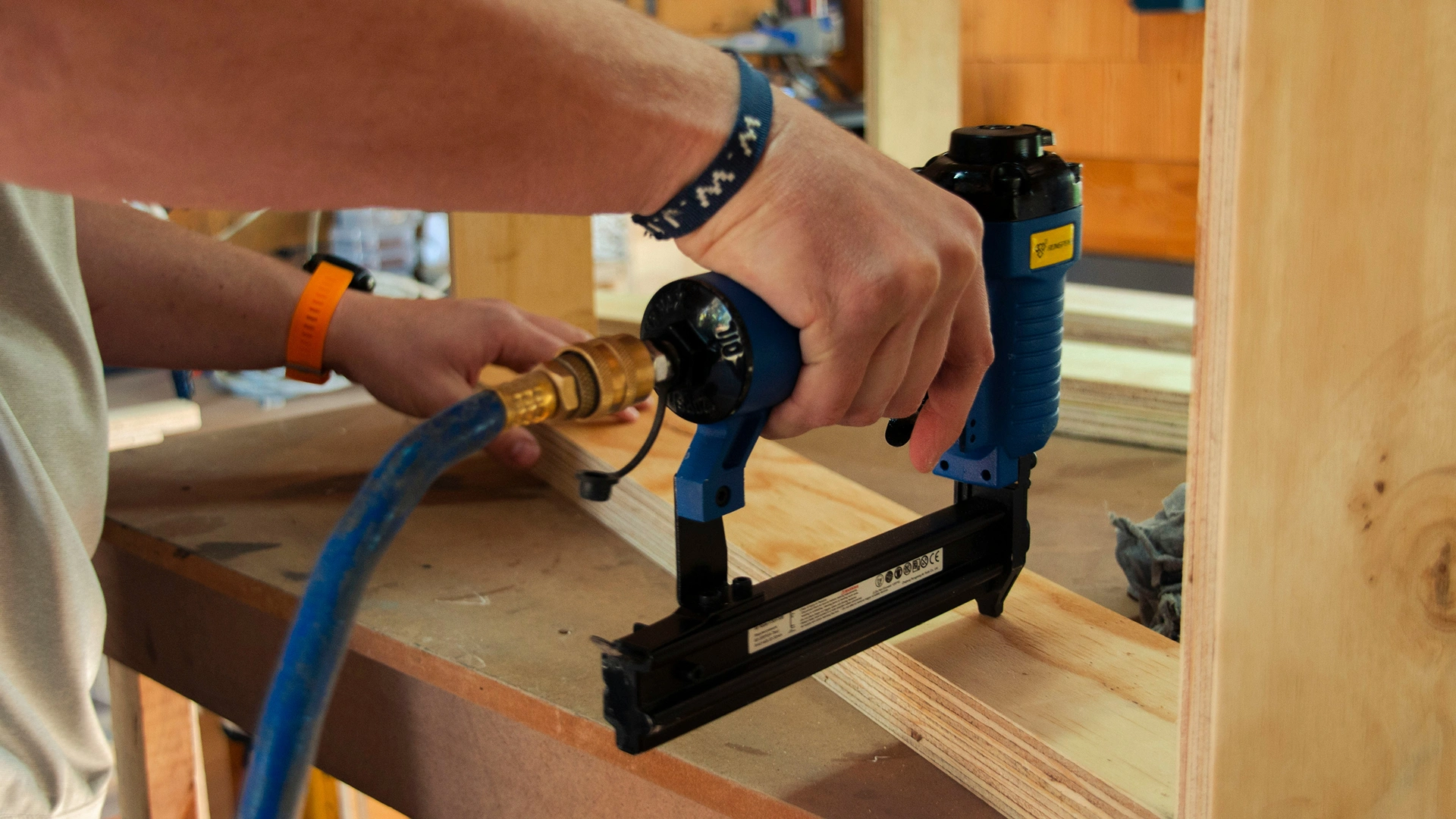Transform Your Outdoor Space with Stunning Pergolas
When it comes to enhancing your garden, few elements are as captivating as pergolas. These architectural structures not only provide an inviting shade but also elevate the aesthetic appeal of your outdoor space, creating a picturesque setting for relaxation and entertainment. If you’re considering home renovations, adding a pergola could be the transformative touch your garden needs.
In this blog post, we delve into the world of Pergolas: Adding Style and Functionality to Your Garden. We will explore how these versatile designs blend seamlessly with various garden styles while serving practical purposes such as providing shelter from the elements. For homeowners looking to refresh their outdoor areas, understanding the advantages of pergolas is essential.
We’ll cover the different types of pergolas, the materials best suited for construction, and how to integrate them into your existing garden layout. Additionally, we’ll discuss the benefits of working with professionals like 4×4 Built to ensure a quality installation that meets your vision and functional needs.
This topic is crucial for you, the homeowner, as pergolas not only add style but also create valuable outdoor living spaces that can enhance your home’s overall appeal and increase its value. If you’re looking to embark on home renovations, this guide will offer insights that will help you make informed decisions. To explore more about home renovations, visit our Home Renovations page.
At 4×4 Built, we pride ourselves on our expertise in carpentry and building services, ensuring that your pergola is constructed to the highest standards. Ready to transform your garden? Feel free to contact us for more information or assistance with your project.
What is a Pergola?
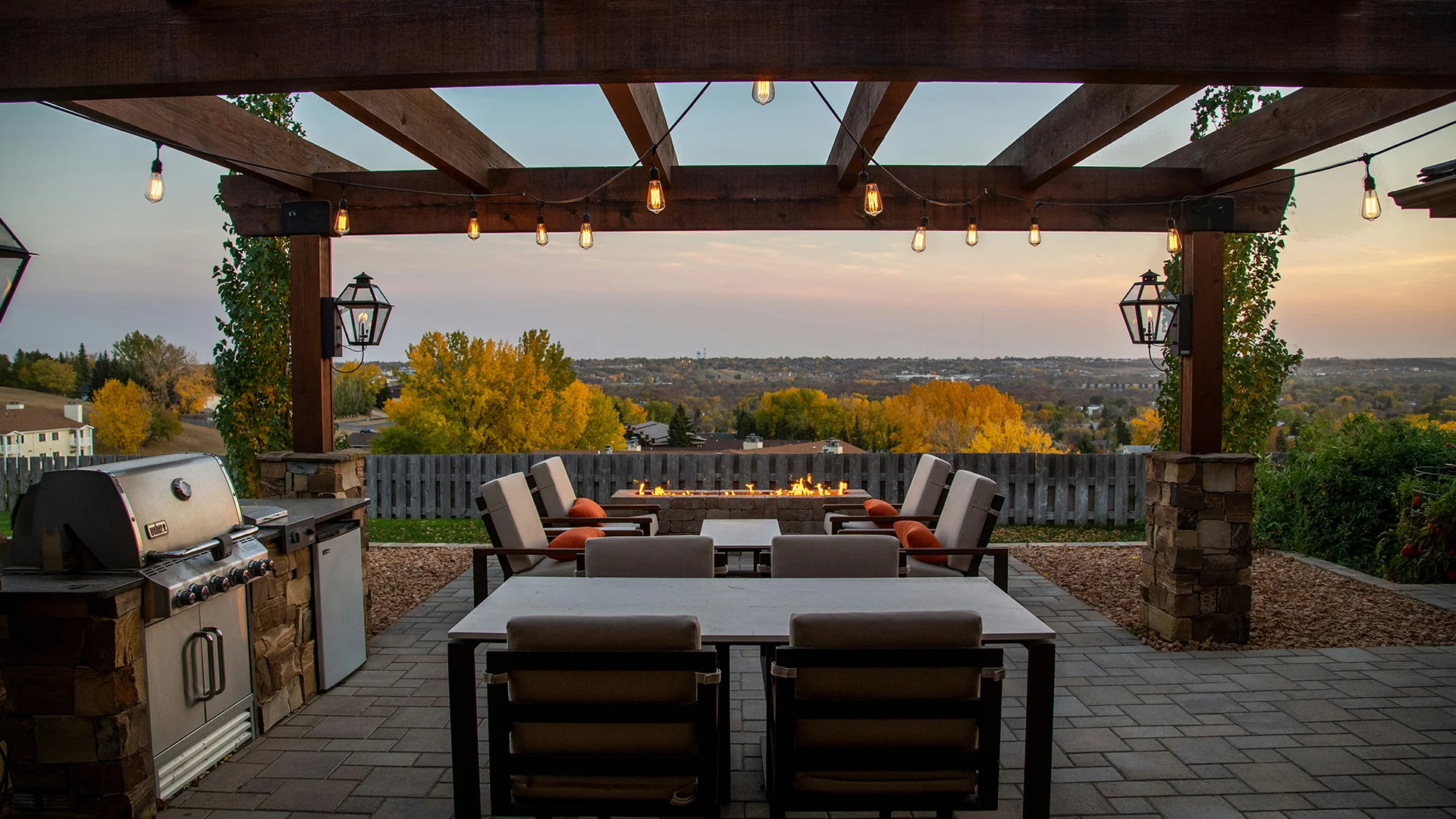
A pergola is an outdoor structure typically composed of vertical posts or pillars that support crossbeams and open lattice. This architectural feature is designed not only to enhance the aesthetics of your garden but also to provide a functional space for relaxation, dining, or entertaining. Imagine enjoying a warm summer evening under a beautifully crafted pergola, surrounded by climbing plants that add a touch of nature and tranquillity to your outdoor experience.
Key characteristics of pergolas include their open-roof design, which allows sunlight to filter through while providing some shade. They can be made from various materials such as wood, metal, or vinyl, and can be customised to suit your garden’s style. With the right design, a pergola can serve as a stunning focal point in your garden, harmoniously blending beauty with function.
In the context of Home Renovations, incorporating a pergola can significantly enhance the value and appeal of your property. It provides a practical solution for creating outdoor living spaces, which have become increasingly popular among homeowners. By adding a pergola, you not only improve your garden’s functionality but also create an inviting atmosphere that can be enjoyed year-round.
It’s important to note that some may confuse pergolas with gazebos or awnings, but the distinction lies in their design and function. While gazebos are fully enclosed and provide complete shelter, pergolas offer a more open structure that allows for airflow and light. This makes them ideal for gardens where you want to balance sun and shade without completely blocking the outdoor environment.
At 4×4 Built, we recognise the unique charm and benefits that pergolas bring to any garden renovation project. Our team of professionals is here to guide you in creating a bespoke pergola that not only complements your home but also elevates your outdoor living experience, ensuring every detail is crafted to perfection.
Essential Terms to Know About Pergolas
Before you dive into the world of pergolas, it’s crucial to understand some key terms that will enhance your knowledge and help you make informed decisions for your garden renovation project.
Pergola
A pergola is an outdoor garden feature forming a shaded walkway, passageway, or sitting area, typically constructed with vertical posts or pillars that support cross-beams and open latticework for climbing plants to grow on it. It serves both aesthetic and functional purposes in your outdoor space, providing a beautiful structure that enhances your garden’s design while offering partial shelter from the sun and rain, making it a popular choice for homeowners looking to add style and functionality to their gardens. In the context of your garden, a pergola can create an inviting outdoor retreat where you can relax or entertain guests, making it a valuable addition to your home renovation project.
Rafter
A rafter is a structural component that supports the roof of a pergola, typically sloped to help with rainwater drainage and allow light to filter through. Understanding the design and placement of rafters is essential when planning your pergola, as they influence the overall aesthetics and functionality of the structure, directly affecting how much sunlight and shade your space will receive.
Lattice
Lattice refers to a framework consisting of crossed wood or plastic strips that create a grid-like pattern, often used in pergolas to support climbing plants. Incorporating lattice into your pergola design not only enhances its visual appeal but also promotes vertical gardening, allowing you to enjoy natural shade and privacy as your plants grow.
Footings
Footings are the concrete bases that support the posts of a pergola, ensuring stability and durability. Properly designed footings are crucial for maintaining the integrity of your pergola, especially in areas with varying soil conditions, making them an important consideration during the installation process.
Canopy
A canopy is a covering that can be added to a pergola to provide additional shade and protection from the elements, often made from fabric or retractable materials. This feature enhances the versatility of your pergola, allowing you to adjust the level of protection according to the weather, thus maximising your outdoor enjoyment throughout the year.
Cladding
Cladding is the application of one material over another to provide a protective layer, commonly used to enhance the appearance of the pergola’s posts or beams. Choosing the right cladding type can not only improve the aesthetic appeal of your pergola but also increase its longevity and resistance to weather conditions.
Outdoor Living Space
An outdoor living space is an area designed for relaxation and recreation outside the home, which can include features like pergolas, outdoor kitchens, and seating areas. By integrating a pergola into your outdoor living space, you can create a stylish and functional area that encourages you to spend more time outdoors, enhancing your overall home experience.
Understanding these terms will empower you to make informed decisions as you explore the options for building or enhancing your pergola. By familiarising yourself with the language of pergolas, you can better communicate your vision and ensure that your garden renovation project aligns perfectly with your desired style and functionality.
The Ups and Downs of Installing Pergolas in Your Garden
When considering a pergola for your garden, it’s essential to weigh its advantages against its disadvantages. Below, we explore the key pros and cons to help you make an informed decision.
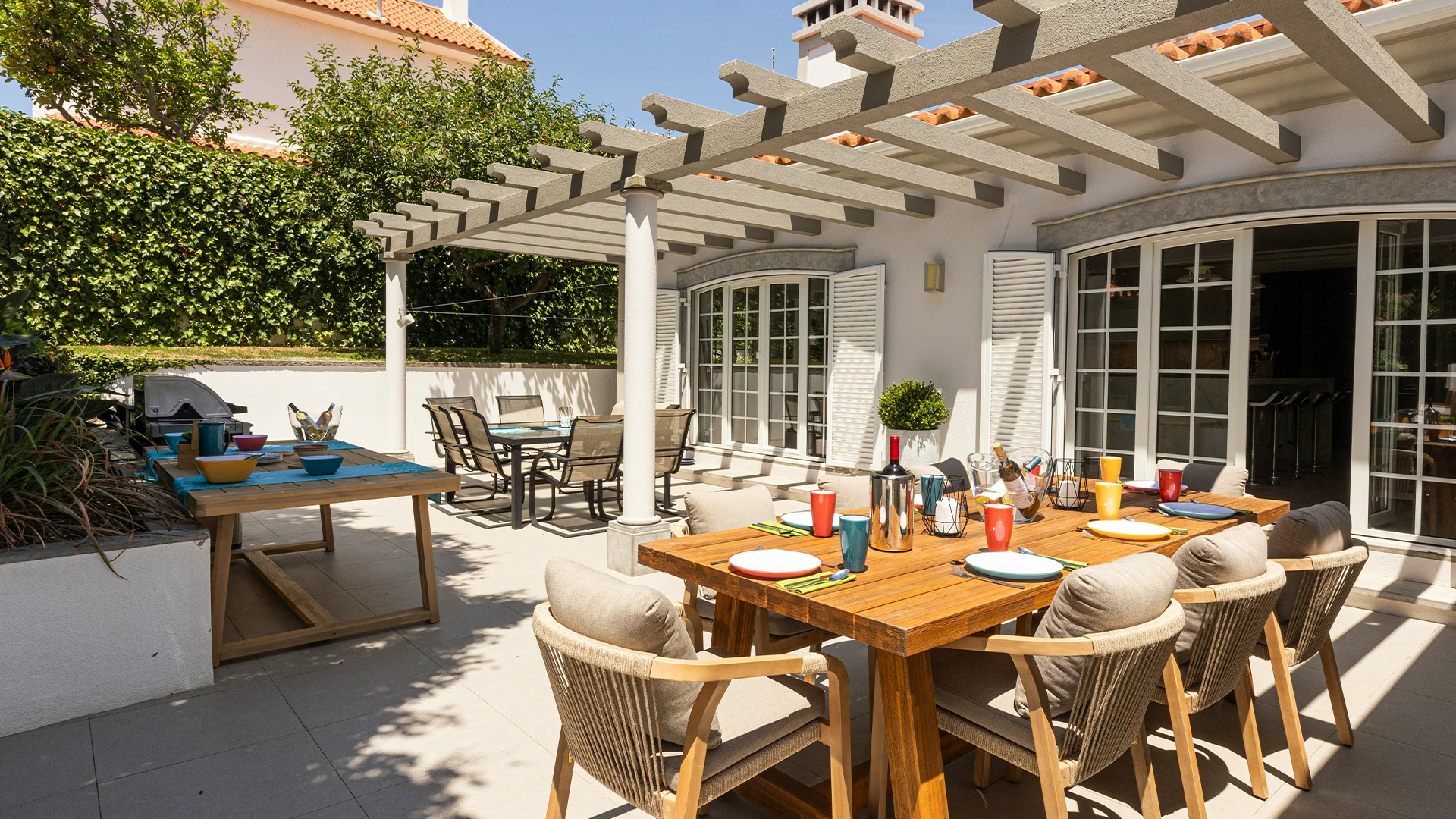
Pros
Enhances Aesthetic Appeal
Pergolas serve as stunning focal points in any garden, adding elegance and style to your outdoor space. With various designs and materials available, you can easily find one that complements your home’s architecture.
Provides Partial Shade
One of the main benefits of a pergola is the shade it offers, allowing you to enjoy your garden during hotter months. This structure can create a comfortable outdoor area for relaxation or social gatherings without completely blocking out sunlight.
Increases Property Value
Adding a pergola can boost the value of your property by enhancing its curb appeal. This outdoor feature is often seen as a desirable addition for potential buyers, making your home more attractive in a competitive market.
Versatile Use
Pergolas can be adapted for various purposes, from creating a perfect spot for outdoor dining to supporting climbing plants and vines. This versatility allows you to tailor the space to your specific needs and preferences.
Low Maintenance
Compared to other outdoor structures, pergolas are relatively low maintenance. With proper materials and treatment, they can withstand the elements while requiring minimal upkeep, making them a practical choice for busy homeowners.
Cons
Installation Cost
The initial cost of building a pergola can be significant, especially if you opt for high-quality materials or professional installation services. This expense may not fit within everyone’s renovation budget.
Limited Protection from Elements
While pergolas provide shade, they do not offer full protection from rain or strong winds. If you’re looking for a shelter that keeps you dry, a pergola may not meet your needs.
Potential Planning Restrictions
Depending on your location, there may be local regulations or restrictions regarding outdoor structures, including pergolas. It’s crucial to check with your local council before proceeding to avoid any legal issues.
Can Be Affected by Weather
Pergolas are exposed to the elements, which means they can suffer from wear and tear over time. Regular maintenance and occasional repairs may be necessary to keep your structure looking its best.
Not Suitable for All Gardens
In some smaller or more enclosed gardens, a pergola may overwhelm the space. It’s important to consider the scale and layout of your garden to ensure a pergola will enhance rather than detract from its overall design.
In conclusion, while pergolas can significantly enhance your garden’s style and functionality, they also come with costs and limitations that you should consider. By carefully weighing these pros and cons, you can determine if a pergola is the right addition for your home renovation project.
Practical Tips for Designing Your Perfect Pergola
Creating a pergola can significantly enhance the style and functionality of your garden. Whether you’re looking to add shade, create an outdoor dining area, or simply boost the aesthetic appeal of your space, these practical tips will guide you through the process of designing and building your ideal pergola.
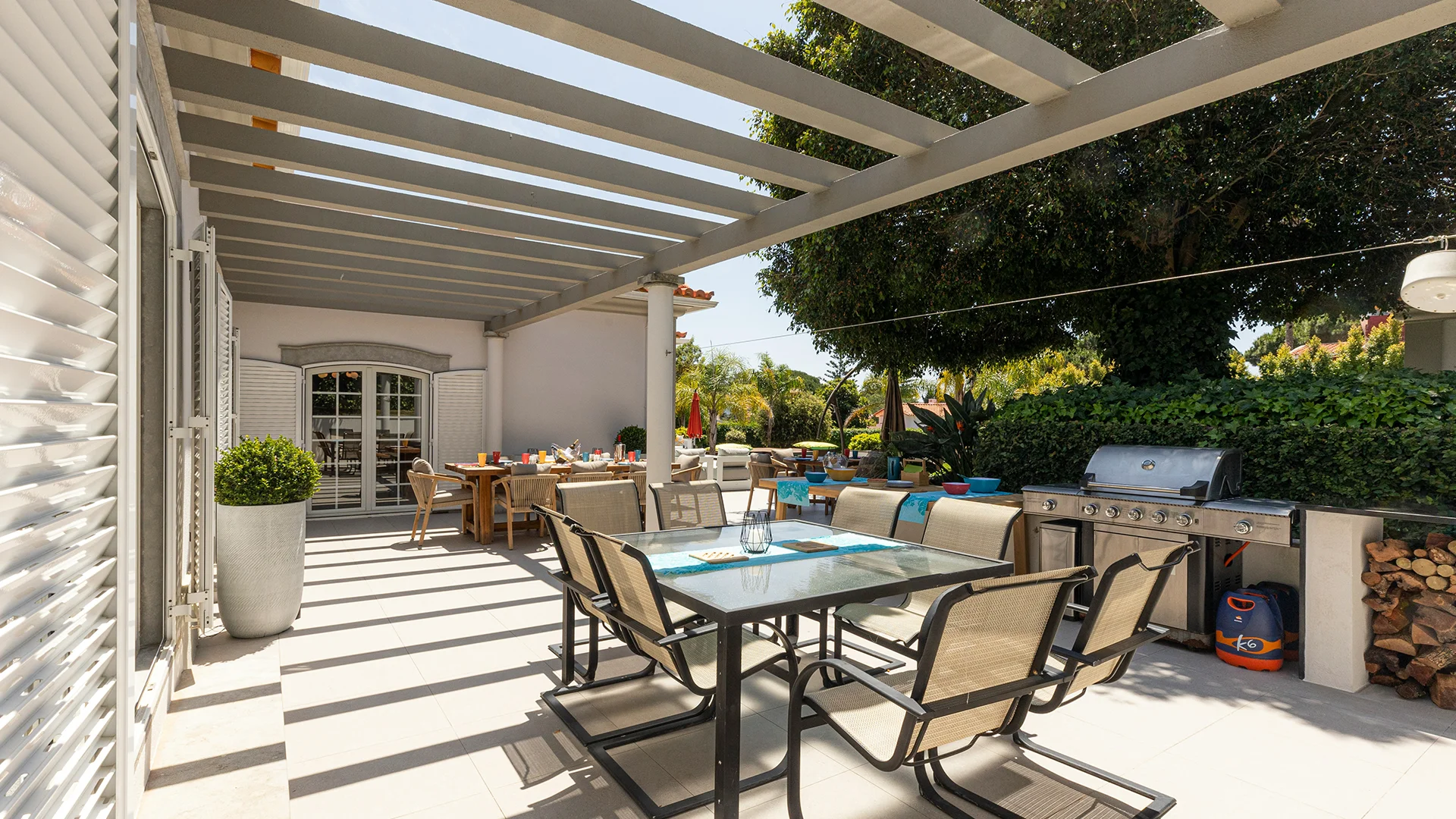
1. Choose the Right Location
The first step in designing your pergola is selecting the perfect location. Consider how you intend to use the space – do you want it to provide shade for a seating area or perhaps to support climbing plants? You should also take into account the sun’s path throughout the day to ensure optimal shade coverage. For example, positioning your pergola near a patio or deck can create a seamless transition from indoors to outdoors.
2. Select Quality Materials
When building your pergola, choosing the right materials is crucial for both durability and appearance. Common choices include timber, vinyl, and metal. For a traditional look, timber is a popular option, but ensure it is treated to withstand the elements. If you prefer a low-maintenance option, vinyl or aluminium could be the way to go. Remember, investing in quality materials will pay off in the long run, enhancing the longevity of your structure.
3. Design for Functionality
Think about how you will use your pergola and design accordingly. If you plan to have outdoor furniture underneath, ensure there is enough clearance and space. Consider adding features such as built-in seating or even a fire pit for those chilly evenings. Additionally, incorporating adjustable canopies or retractable awnings can provide added flexibility against varying weather conditions.
4. Incorporate Climbing Plants
One of the most charming aspects of a pergola is the opportunity to introduce greenery. Consider adding climbing plants such as wisteria, clematis, or grapevines to enhance the visual appeal of your pergola. These plants not only add beauty but also provide additional shade as they grow. Be sure to include trellis or support beams to encourage vertical growth and create a lush, inviting atmosphere.
5. Lighting for Ambiance
To make your pergola usable in the evenings, proper lighting is essential. Options include string lights, lanterns, or even built-in spotlights that highlight specific features of your garden. For a magical touch, consider solar-powered lights that are easy to install and eco-friendly. Position the lights to create a warm glow, enhancing the ambience for gatherings or quiet evenings under the stars.
6. Consider Local Regulations
Before starting your pergola project, check for any local building regulations or permits that may be required. Each area has different rules regarding outdoor structures, and it’s important to ensure your pergola complies. This step will save you from potential fines and ensure your project runs smoothly. If you’re unsure, you can consult with professionals at 4×4 Built for guidance.
7. Plan for Maintenance
Once your pergola is built, regular maintenance will keep it looking its best. This includes cleaning the structure, checking for any signs of decay or damage, and treating wooden elements with appropriate sealants or stains. Regular upkeep will ensure your pergola remains a beautiful focal point in your garden for years to come.
By following these practical tips, you can design a pergola that not only adds beauty to your garden but also enhances its functionality. At 4×4 Built, we are committed to helping you create the outdoor space of your dreams, tailored to your lifestyle and preferences.
Frequently Asked Questions About Pergolas
As you consider adding a pergola to your garden, you may have some questions. Here, we address the most common inquiries to help you make an informed decision.
What is a pergola and what purpose does it serve?
A pergola is an outdoor structure consisting of a framework covered with trained climbing or trailing plants. It serves multiple purposes: providing a shaded area for relaxation and entertainment, enhancing the aesthetic appeal of your garden, and creating a defined space for outdoor activities.
How do I choose the right style of pergola for my garden?
When selecting a pergola style, consider the architectural design of your home and the overall theme of your garden. Popular styles include traditional wooden pergolas, modern designs with sleek lines, and even metal structures. We recommend visiting local gardens or online galleries to find inspiration that resonates with your vision.
What materials are best for building a pergola?
Common materials for pergolas include timber, vinyl, and metal. Timber, particularly hardwoods, offers a classic look and can be customised easily, while vinyl is low-maintenance and resistant to rot. Metal pergolas provide a contemporary aesthetic and durability but may require additional treatment for rust protection.
Can I install a pergola myself, or should I hire a professional?
While DIY installation is possible, we advise hiring a professional for optimal results. A skilled builder can ensure proper construction, stability, and adherence to local regulations. At 4×4 Built, we offer expert carpentry services to guarantee your pergola is built to last.
How much does it typically cost to build a pergola?
The cost of building a pergola varies based on size, materials, and design complexity. On average, you might expect to spend anywhere from £1,500 to £5,000. For a more precise estimate, we recommend consulting with us to discuss your specific requirements and budget.
What maintenance do pergolas require?
Pergolas generally require minimal maintenance. For wooden structures, regular inspection for signs of rot or damage is essential, and you may need to reapply wood treatment every few years. Metal and vinyl options typically require only periodic cleaning to maintain their appearance.
Can I add features like lighting or curtains to my pergola?
Absolutely! Adding features such as outdoor lighting, curtains, or even retractable canopies can enhance the functionality of your pergola. These additions can create a more inviting atmosphere and allow you to enjoy your outdoor space even after sunset.
We hope these FAQs have clarified your concerns about pergolas and their role in enhancing your garden. If you have any further questions or would like to discuss your pergola project, feel free to reach out to our team at 4×4 Built.
Transform Your Garden with Pergolas
In this post, we’ve explored the many benefits of incorporating Pergolas into your garden design. From providing essential shade to enhancing the aesthetic appeal of your outdoor space, pergolas serve as versatile structures that can elevate your garden experience. Whether you’re seeking a serene retreat or a vibrant entertaining area, pergolas offer the style and functionality to meet your needs.
The significance of Pergolas extends beyond mere decoration; they can transform your garden into a welcoming oasis that reflects your personal style. As we discussed, choosing the right materials and design can greatly influence the overall impact of your outdoor area. This information empowers you to make informed decisions that will enhance your garden’s beauty and usability.
We hope this guide has helped you understand the critical role that pergolas can play in your home renovation projects. By integrating these structures into your outdoor space, you not only improve its functionality but also add significant value to your property. If you’re considering a home renovation that includes a pergola, our team at 4×4 Built is here to help you navigate every step of the process with ease.
Take the first step towards enhancing your garden today! Connect with us for expert advice and personalised solutions that cater to your building and carpentry needs. Visit our contact page to get started on your journey to a beautifully renovated home that includes stunning pergolas.

